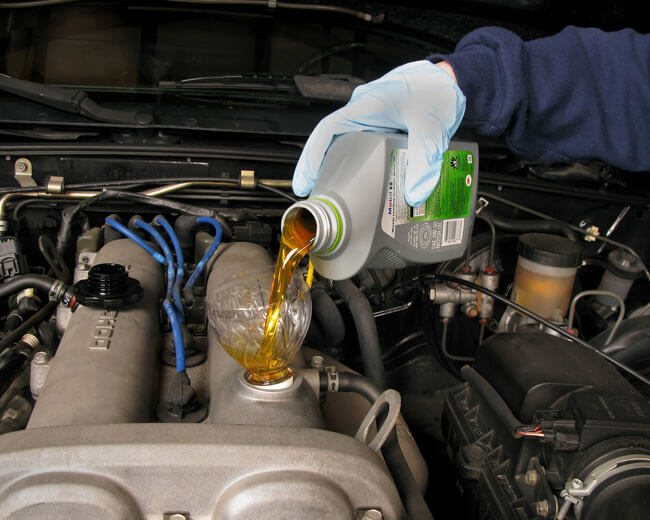
Engine lubricating oil - better to change hot than cold
Performing an oil change while the engine is still warm or hot helps collect more contaminants, remove them during the drain, and speed up the process as it moves more easily.
Changing the oil in cars is an extremely important service to ensure that the engine and all its components work at their best, and also helps to extend the life of the car.
Engine oil is the main fluid for lubricating parts inside the engine, it must be changed at the time recommended by the manufacturer and
many of us have the belief that it is better and safer to let the car cool down so that all the liquid has drained, and then do the oil change.
However, when the oil is cold, it becomes heavier, thicker, and does not move around as easily.
Although there are no instructions from car manufacturers, oil experts agree that engine oil should be changed while it is still warm. Thus, all dirty and old oil will drain much faster and everything will come out.
It is better to drain the oil when it is hot than when it is cold, for several reasons, and here are some of them:
– The viscosity of the oil is lower when hot, so it drains faster and completely from the engine than when it is cold.
– In a hot engine, contaminants are more likely to remain in suspension in the oil, making them more likely to be washed out of the engine during the drain process.
“Modern high tech overhead cam engines have oil in a lot more places than old school engines, so it needs to be warm and thin to avoid all those cracks at the top end.
In addition, a specialized blog Car discussion explains that warm oil picks up more contaminants and removes them during draining. This way you will have a cleaner engine.
If you are thinking about changing the oil yourself on a warm engine, you should take all the necessary precautions to avoid burns or accidents.
:
